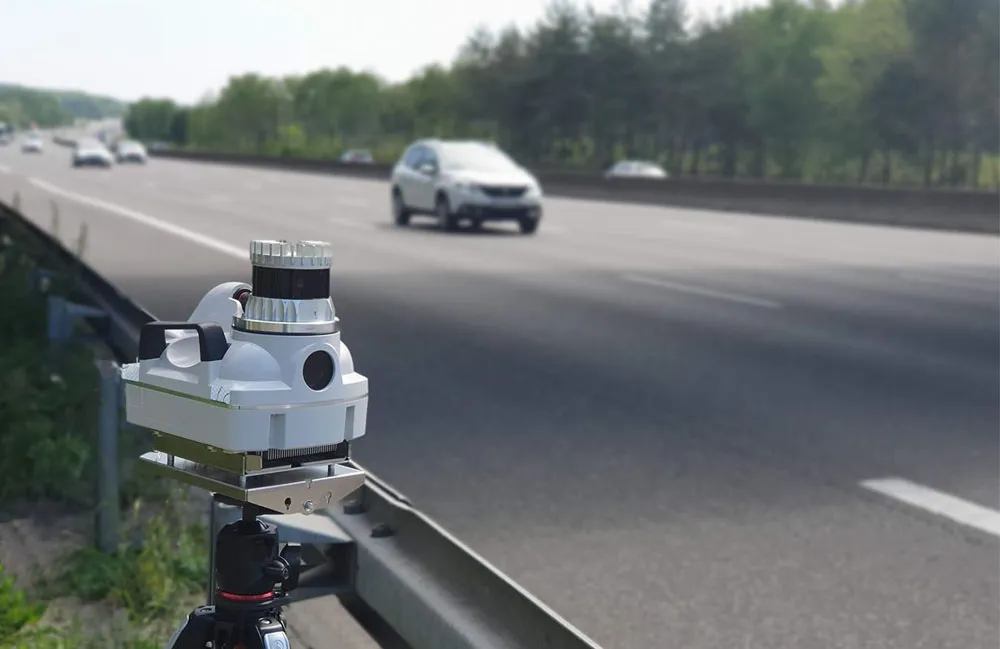Italian company Intertraff is here at ITS America 2016 San Jose to present a radically new mobile speed enforcement camera, the D-cop Mobile, to the US market and also to find a reliable distributor for the product in the US. The device, which combines a compact, tripod-mounted speed camera with multi-lane radar is claimed to be a first.
“Tripod-mounted systems have been popular with police forces around the world for many years but they have either been limited to one lane for enforcement, or multilane
June 13, 2016
Read time: 2 mins

Italian company 7669 Intertraff is here at ITS America 2016 San Jose to present a radically new mobile speed enforcement camera, the D-cop Mobile, to the US market and also to find a reliable distributor for the product in the US. The device, which combines a compact, tripod-mounted speed camera with multi-lane radar is claimed to be a first.
“Tripod-mounted systems have been popular with police forces around the world for many years but they have either been limited to one lane for enforcement, or multilane versions are extremely bulky with trailing cables and hefty external battery packs,” said Intertraff’s Toni Marzo. “Breaking new ground with a truly compact device which allows for accurate speed monitoring across up to four lanes of traffic, our Intertraff Mobile Speed camera is the lightest on the market when it comes to multiple lane monitoring, weighing in at just 4 kg.”
CNC machined from a solid aluminium alloy and satin anodised in an array of colours to prevent scratching, the design is enhanced by wireless operation. With an internal battery providing 12 hours of operation and extended temperature capability for harsh environments, D-cop mobile makes for an attractive, robust and simple to use device.
Set-up on site takes just a few minutes and the device features an ingenious magnetically attached side door that provides quick and easy access to lens adjustment, should that be required. Transportation from site to site could not be simpler as everything - camera, flash and tripod - fits into one protective case.
“Tripod-mounted systems have been popular with police forces around the world for many years but they have either been limited to one lane for enforcement, or multilane versions are extremely bulky with trailing cables and hefty external battery packs,” said Intertraff’s Toni Marzo. “Breaking new ground with a truly compact device which allows for accurate speed monitoring across up to four lanes of traffic, our Intertraff Mobile Speed camera is the lightest on the market when it comes to multiple lane monitoring, weighing in at just 4 kg.”
CNC machined from a solid aluminium alloy and satin anodised in an array of colours to prevent scratching, the design is enhanced by wireless operation. With an internal battery providing 12 hours of operation and extended temperature capability for harsh environments, D-cop mobile makes for an attractive, robust and simple to use device.
Set-up on site takes just a few minutes and the device features an ingenious magnetically attached side door that provides quick and easy access to lens adjustment, should that be required. Transportation from site to site could not be simpler as everything - camera, flash and tripod - fits into one protective case.









